Table of contents
General considerations about different types of phobias
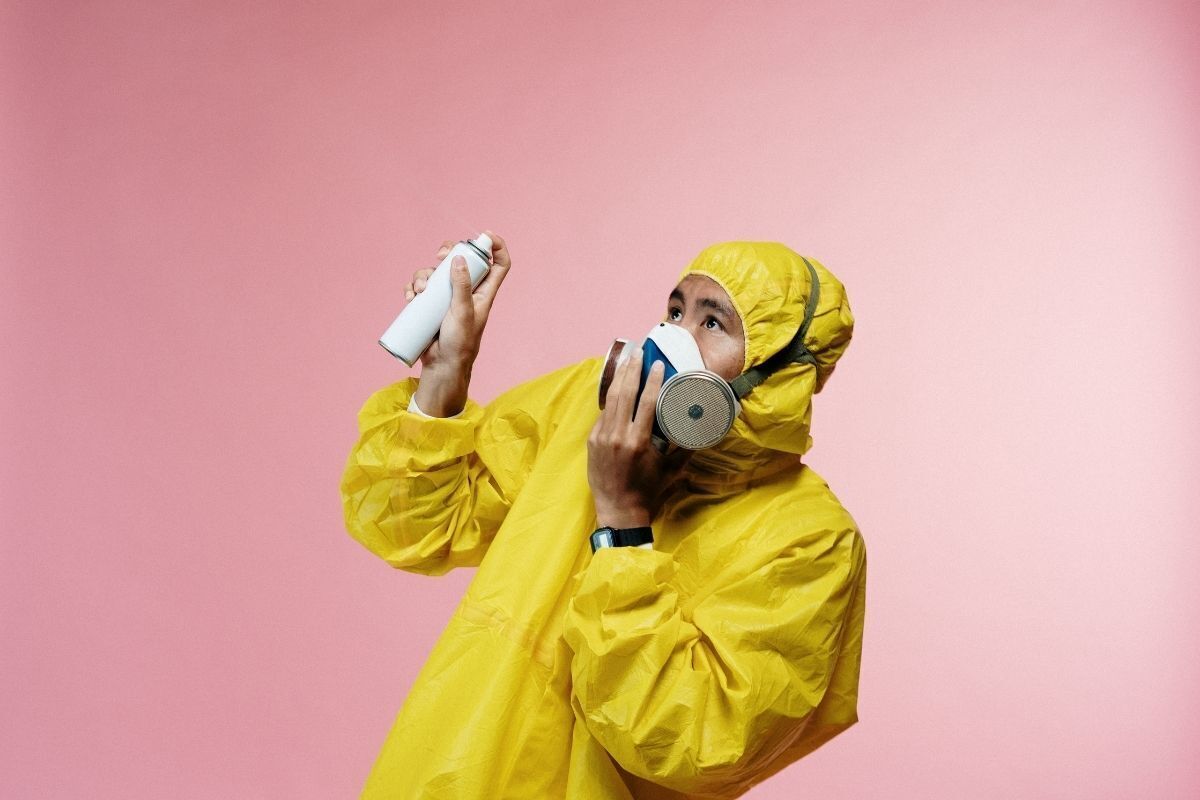
Feeling fear is a natural reaction of all human beings, but some feel it in an exaggerated and irrational way, resulting in physical and emotional consequences. Therefore, this condition is called phobia, a type of anxiety disorder that makes the person believe that a situation or object will bring some danger.
Depending on the degree and type of phobia, it brings many limitations to the person's life, affecting professional, social and family relationships. In addition, the individual starts to avoid certain activities and occasions that trigger anxiety and panic crises.
There are several specific phobias and, when identified by a professional, it is possible to treat them through psychotherapy and also with the help of medication. However, it is very important that the phobia be diagnosed as soon as possible, so that the person can feel well again and have quality of life. Read our full article to learn more!
Understand more about phobia
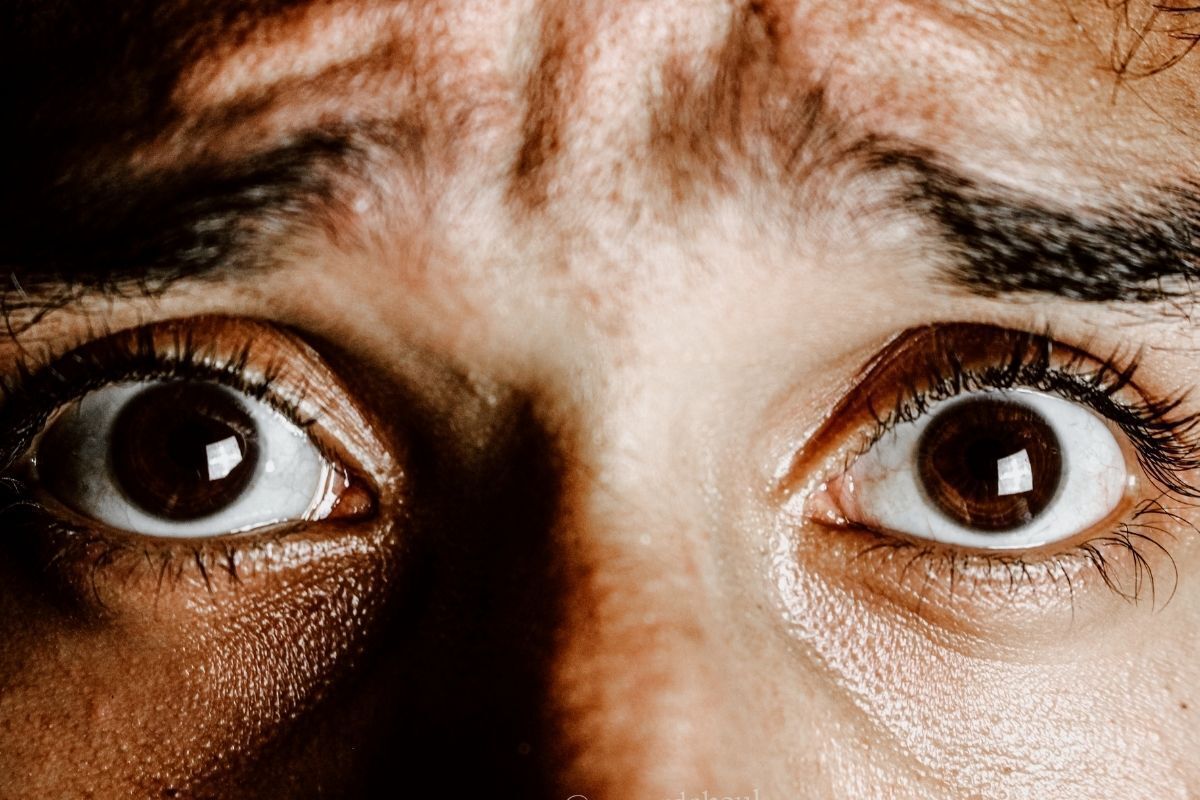
The fear, when it is disproportionate to a certain event that does not offer risks, is called phobia, an emotional disorder that can alter a person's daily life. Below, understand more about phobia, how this problem arises and the difference between fear and phobia. Read on to learn more!
What is a phobia?
The phobia is the fear about something or a situation that is not real, but that the phobic believes can affect him/her in some way. Therefore, it is considered an anxiety disorder, since the problem tends to affect behavior, causing increased heartbeat, sweating, muscle tension and panic.
Phobic people, when exposed to something they fear, usually have crises or avoid as much as possible to live that moment again. Therefore, the phobia, when untreated, usually affects self-esteem, relationships, career and routine of the individual.
How do phobias arise?
Often, phobias are triggered by traumatic events, mainly during childhood and adolescence, such as fear of animals, heights and enclosed places. However, some are more complex, affecting interaction with other people due to low self-esteem or fear of judgement.
In addition, phobias can develop as a result of events related to situations or objects and altered brain and environmental functioning. People diagnosed with depression and panic syndrome are more likely to have different types of phobia.
What is the difference between phobia and fear?
The phobia and fear, despite being similar words, have different meanings. Fear is a natural instinct of all human beings when they are in a dangerous situation and search for survival. The phobia is an emotional disorder and causes the person to react in an exaggerated way, even knowing that it can not be affected.
The three main types of phobias
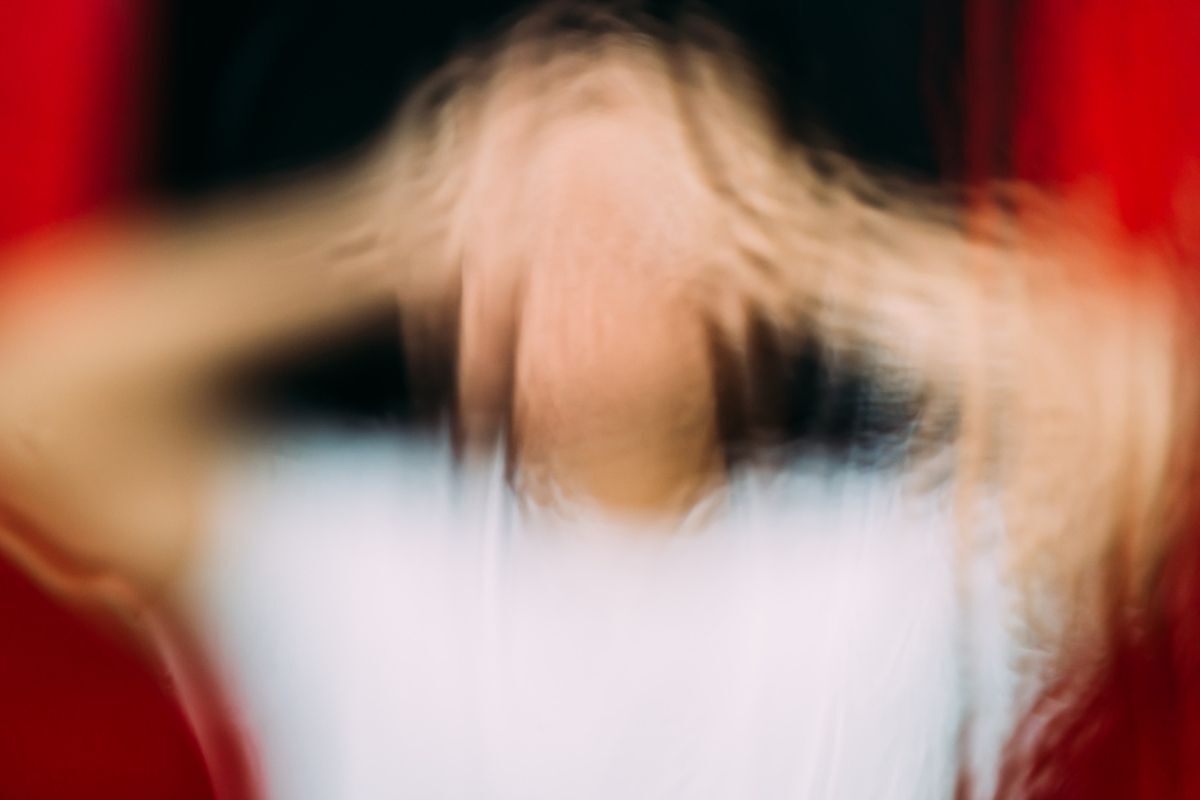
There are many types of phobias catalogued, and among them, the main ones are: specific phobias, social phobia and agoraphobia. In this topic, you will know in depth how each one of them works and can impact the life of a phobic person. Read below!
Specific
Specific phobias are those in which the individual feels an irrational fear of a particular object or situation. People suffering from a particular phobia are aware that they are not in danger. However, just imagining the situation, they already feel intense fear, causing severe anxiety crises.
Social phobia
Social phobia, or social anxiety disorder, is the fear of not being well accepted by other people, of receiving criticism for their performance or of being humiliated. The person suffering from this problem finds it very difficult to speak in public or simply to be part of a social circle, without thinking they are being judged at all times.
The causes of this disabling condition may be associated with situations experienced in childhood or adolescence, such as bullying, physical aggression or a toxic upbringing. That is, the person grows up in a hostile and demanding environment. Thus, the individual starts to have an inferiority complex and low self-esteem.
Agoraphobia
The term agoraphobia is used to define a person with an excessive fear of going to open or closed places, such as concerts or public transport. These and similar situations cause a high level of stress and anxiety, as the phobic person cannot find a way out and feels constantly in danger.
Thus, this problem directly affects the life and routine of the person, making them dependent on others to be able to perform their activities. That is, the agoraphobic needs to be always accompanied to leave home and feel safe in an environment.
The most common phobias
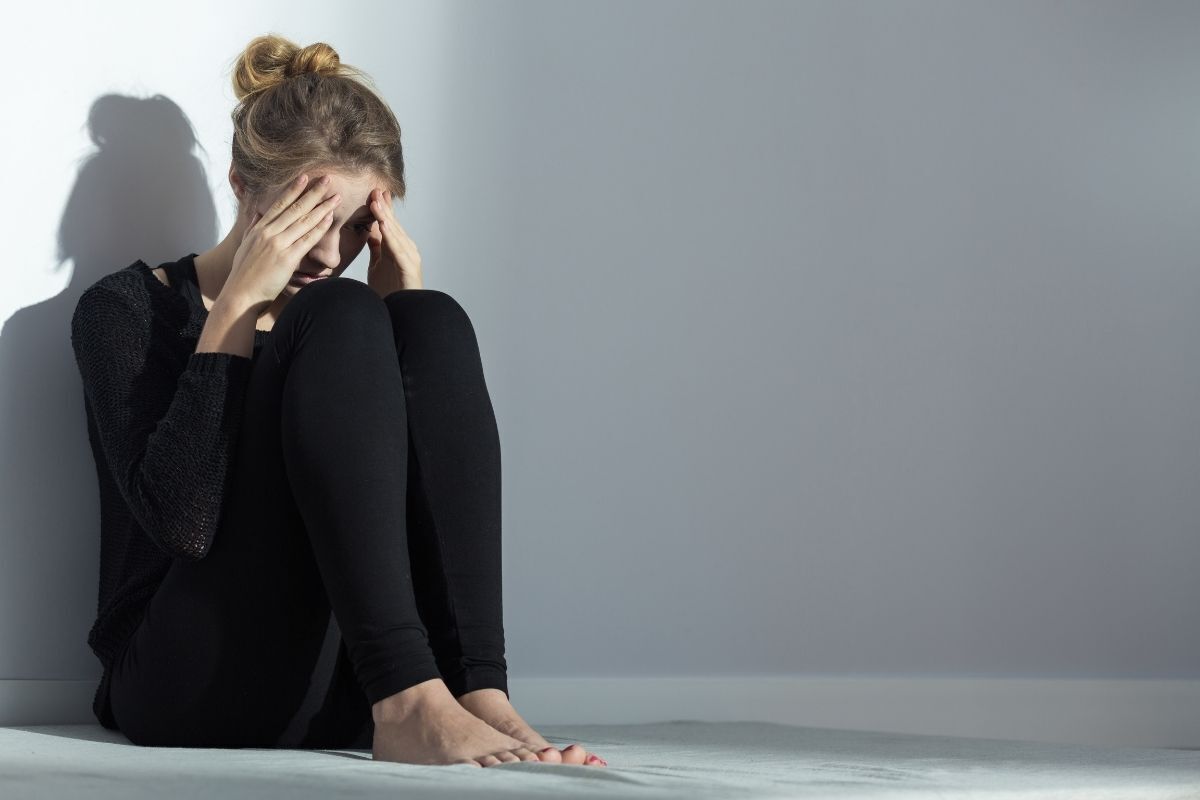
Some specific phobias may be strange to those who do not suffer from this disorder, but going to the doctor, entering elevators or crossing a bridge can be a real terror for many people. Below, learn about the most common phobias: acrophobia, amaxophobia, trypophobia and more!
Acrophobia
Acrophobia represents the fear of height in an irrational and unmeasured way. Therefore, the person avoids crossing bridges, approaching the balcony of a building or climbing stairs, for example. When the acrophobic is exposed to high places, the most common symptoms are: increased heart rate, sweating, dizziness and tremor.
This phobia can develop due to several factors: accidents involving falling, either of the person or someone close, overprotection of parents during childhood or even an instinctive reaction to survive.
Claustrophobia
Claustrophobia is characterized by the fear of enclosed spaces. The claustrophobic believes that the place is shrinking in size, causing shortness of breath, cardiac arrhythmia, cold sweats and more severe symptoms of panic, such as fainting and mental confusion.
Elevators, crowded public transportation or small, narrow rooms are some of the places that cause discomfort in those who suffer from this phobia. The cause of claustrophobia is often related to childhood traumas, if the child has been trapped in a closed place for a long time, for example.
Zoophobia
Animals, whether large or not, cause a great fear to zoophobes. This is because this psychological disorder symbolizes the irrational fear that even the most harmless animals can do harm or bring risks to life.
However, being afraid of certain types of animals, such as snakes, scorpions and spiders is understandable, since they can be lethal to humans. Therefore, this psychological disorder needs to be analyzed on a case-by-case basis and investigate whether there has been any trauma that justifies the fear of all types of animals.
Hemophobia
Hemophobic or hematophobic is the name given to people who feel fear of seeing or having contact with blood. The hemophobic usually presents symptoms such as nausea, chills, dizziness, fainting and shortness of breath. The pathology can be caused by several factors: from domestic accidents to a simple vaccination.
Depending on the degree of this disorder, the individual tends to develop other phobias related to syringes, knives or any other sharp object. The problem, when left untreated, directly affects the quality of life. Therefore, it tends to become a limiting factor, causing the person to avoid doing exams or any other medical procedure.
Nosocomatophobia
Going to a hospital causes fear in anyone, but when it becomes an irrational and incapacitating fear, it is called nosocomophobia. When it is necessary to seek medical help or visit a patient, the person suffering from this phobia usually has anxiety and panic attacks.
This psychological disorder is also usually accompanied by other phobias associated with the hospital environment, such as fear of seeing blood, needles, doctors, germs and death.
There are numerous reasons why a person develops this phobia. For example, the fear of receiving a bad diagnosis or the loss of control over oneself to doctors. In addition, the individual believes that they will contract another disease or even that they will not make it out alive.
Chronophobia
The passage of time, for some people, generates fear due to uncertainties and fear of the unknown. This condition is called chronophobia, an anxiety disorder that causes physical and emotional reactions, such as palpitations, headache, difficulty breathing, excessive sweating and thoughts of death.
The fear of time passing may or may not have a specific cause. However, this pathology can be associated with the fear that bad situations will repeat themselves or that the passage of time will bring damage to the body and mind. Genetic factors also contribute to the onset of the disease, if the person has some hormonal and brain dysfunction.
Arachnophobia
The fear of spiders is one of the most common specific phobias, whether large or small, poisonous or not. The arachnophobic usually sees the arachnid much larger than it really is, leading to an increase in heart rate, excessive sweating, chills, nausea, emotional lack of control, among other anxiety symptoms.
The development of this disorder can occur in childhood, due to a situation in which the child has been bitten or because it is taught that spiders cause diseases and infections. However, arachnophobia can be triggered unconsciously due to reports from other people or an instinctive reaction.
Amaxophobia
amaxophobia is an anxiety disorder consisting of an exaggerated fear of driving. Depending on the degree of the phobia, getting into a car only as a passenger is enough to have panic and anxiety attacks. This disorder can be considered a social phobia because it completely changes the person's routine.
The causes of the problem can manifest themselves in various ways, such as the loss of a family member in a car accident and traumas passed from parents to children. People with severe anxiety can also develop amaxophobia due to the responsibility of driving. That is, they fear for the life of others and therefore feel pressured.
Aerophobia
Travelling by plane or helicopter usually generates anxiety, but it is not a limiting factor. People with aerophobia, also known as aviophobia, feel an intense and irrational fear of flying. In addition, this anxiety disorder is associated with other phobias, such as fear of enclosed spaces and heights.
The aerophobia can arise due to negative situations experienced during the flight, news about air disasters or the uncertainty of the airplane being a safe transport. Therefore, this disorder, when not treated, tends to restrict the person's life, causing the loss of professional opportunities or leisure moments with the family.
Trypophobia
Trypophobia is characterized by an aversion to images and objects with holes, or irregular geometric figures. However, the problem is not considered an anxiety disorder. The person usually feels repulsion at the sight of a honeycomb, a beehive, fruits such as pomegranate, clustered pores on the skin, etc.
The trypophobic person, when faced with these images, usually feels itching, aversion, tingling and disgust when touching them. In some cases, the symptoms can intensify, increasing heart rate and causing nausea and panic attacks.
Treatment for the different types of phobias
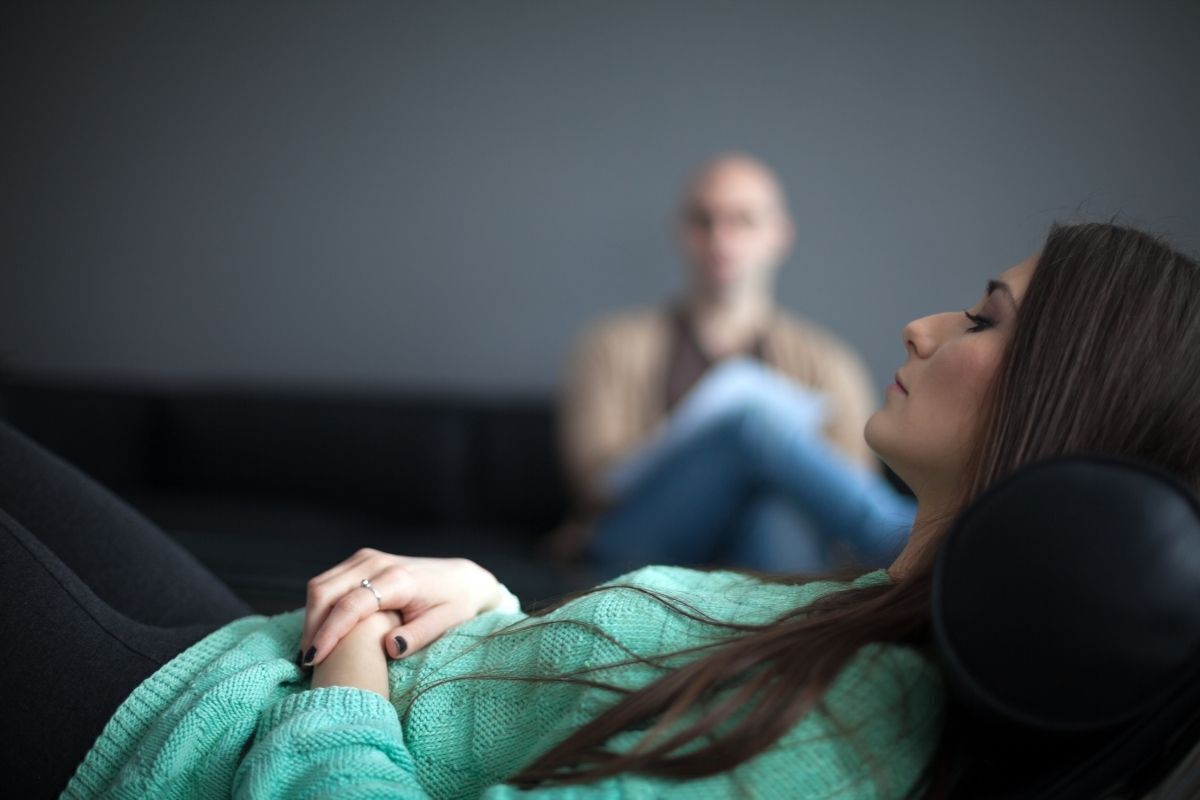
Did you know that the phobia can be cured? It is possible to deal with this disorder and have quality of life. However, the treatment varies from person to person and, therefore, diagnose the problem as soon as possible prevents the case to worsen and bring greater complications over time. Below, understand the methods for treating the different types of phobias!
Diagnosis of phobia
To diagnose the phobia, the patient undergoes a thorough interview, in which their psychiatric, social and clinical profile is analyzed. In addition, the doctor can use the Diagnostic and Statistical Manual of Mental Disorders to accurately identify and initiate the correct treatment.
The treatment of phobia
Initially, psychotherapy is the best way to treat phobia. Exposure therapy and cognitive-behavioral therapy are usually the most effective fronts for coping with fear and controlling anxiety. Medication can also be used to help reduce the symptoms caused by phobia.
In circumstances in which the patient does not respond to initial practices and cannot control his emotions, besides presenting some risk to his own life, hospitalization is necessary.
Cognitive-behavioral therapy
Cognitive-behavioral therapy is a widely used approach to find patterns of thoughts, emotions and dysfunctional behaviors that bring harm to the patient. Using some techniques, the therapist identifies the points to be worked on and presents other points of view on the same situation.
With training and patience, the results are satisfactory, causing the automatic thoughts and limiting beliefs to be modified and the person to learn to deal with their own issues.
The medicines
During the treatment of phobia, medication may be prescribed to inhibit anxiety symptoms and prevent panic attacks. The most indicated medications are beta blockers and anxiolytics, drugs that help decrease adrenaline and calm down. However, the prescription of these drugs is only made through a psychiatrist.
Voluntary hospitalization
Voluntary hospitalization happens when the patient is aware of his condition and cannot face the phobia alone. Besides, he understands that the lack of control is affecting his personal, professional, and social life. Therefore, being in a place where there are trained professionals guarantees the individual's safety and greater effectiveness of the treatment.
If you identify any of these types of phobias in yourself, do not hesitate to seek professional help!
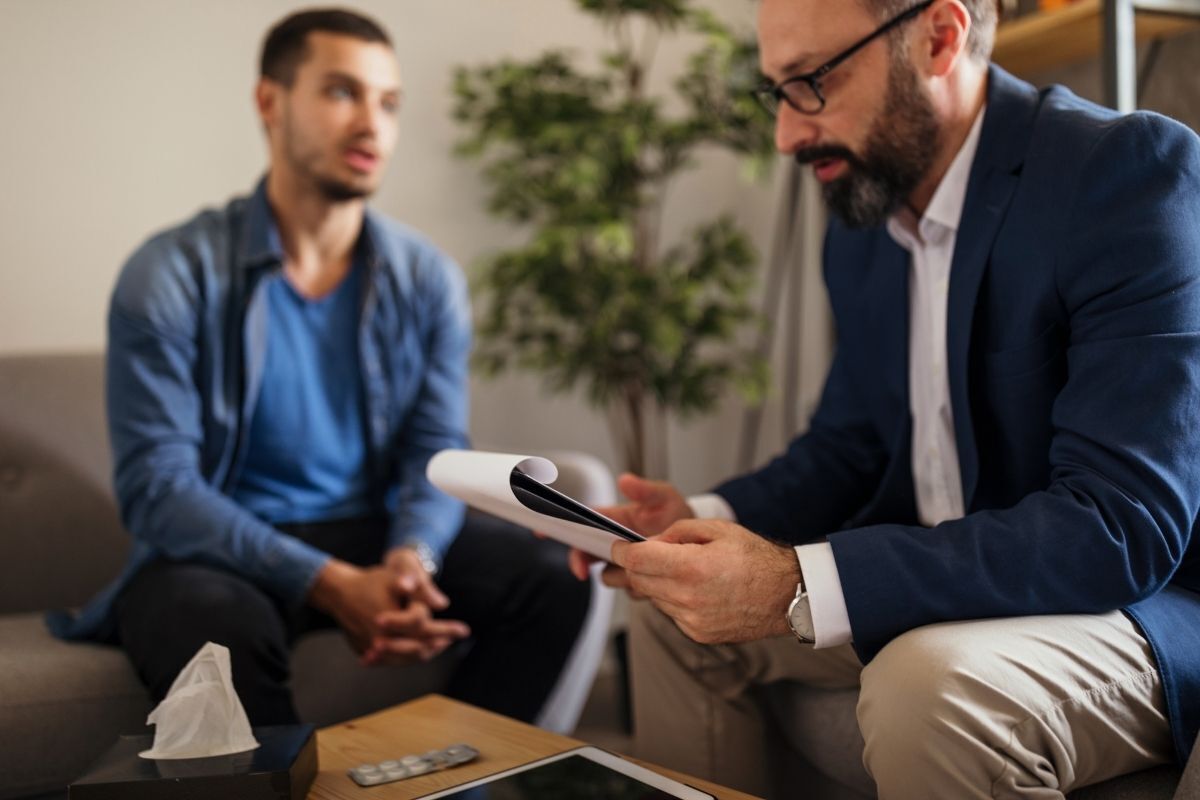
Phobias can be limiting and bring a lot of difficulty to its bearer, from low self-esteem and feeling of inferiority to isolation and the inability to do their daily activities. In addition, it can cause serious physiological damage, such as increased heart rate, excessive sweating and panic attacks.
Therefore, every phobia should be taken seriously, even those apparently harmless ones. Otherwise, it tends to intensify and trigger other emotional disorders, such as generalized anxiety disorder and depression.
So, if you have or think you have some kind of phobia, don't be ashamed and ask for help. With the advancement of research and technology, there are many effective therapeutic techniques and even medications to control dysfunctional emotions, beliefs and behaviors!

